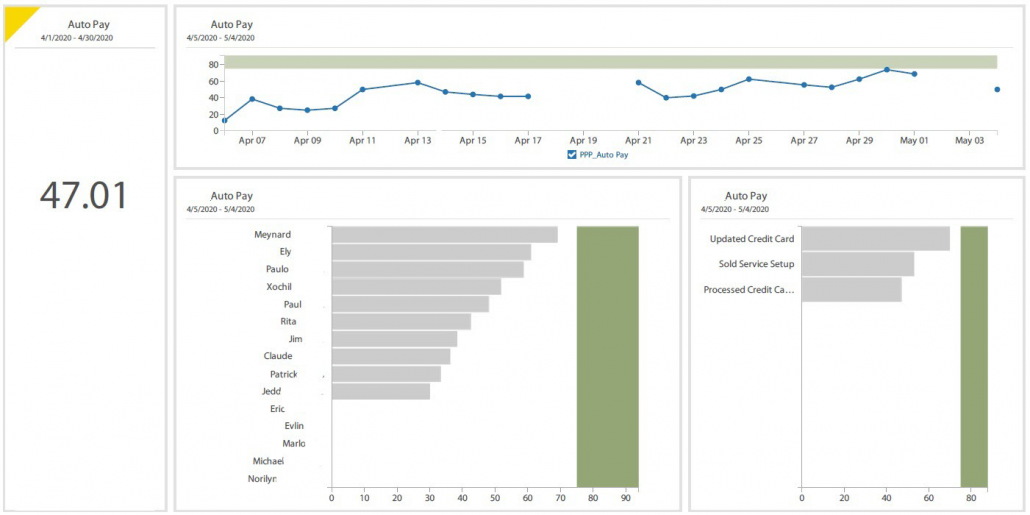“Script” has become a naughty word in the contact center space, much like “work from home” (pre-COVID), for good reason. We hear it all the time with new clients.
“Ugh…no. We don’t use scripts. We want our agents to sound natural and build rapport with our customers.”
This is an understandable sentiment. No customer wants to deal with a robotic agent who is reading the same lines from a script 100x per day. Our agents are the front lines of our organizations, and we may only get one opportunity to interact with a customer before they take their business elsewhere.
That said, there are certain agent behaviors in our call flows (read: not a script) that we want to encourage. Upsells, SMS opt-ins, consistent articulation of important benefit statements and value propositions — all deliver massive roi when used at scale. Speech analytics allows us to identify behaviors that map to success and use them as agent performance metrics.
Here are three areas to consider when measuring “scripted” behaviors with speech analytics.
- Compliance disclosures – Many businesses are subject to regulations, whether they are selling consumer products, collecting debts, or servicing utilities. Properly adhering to disclosures will help avoid fines, penalties, and regulatory exposure.
- Opt-in/outs – Driving consumers to automated processes like autopay, SMS account notifications, and paperless billing can deflect unnecessary calls and reduce costs, as well as increasing revenue and lifetime account value.
- Key behaviors – Every business has behaviors that map to successful outcomes. Clear benefit statements in appointment setting, carefully stepped price concessions in negotiated sales, and upselling value-added services are all examples of behaviors that map to increased revenue or reduced costs.
Recently we engaged with a customer in the home services space. During our assessment, we learned that customers who sign up for autopay have a lifetime value five times greater than those who don’t. We created a model that measures the presence of an agent ‘offer autopay’ behavior (see below). Now, our customer can ensure their staff is putting the appropriate effort into this important “scripted” behavior.

As you can see in the chart above, we now can measure overall performance (3x adherence improvement in the top right graph) of the team in offering autopay. Moreover, our customer can now compare individual agent’s consistency in discussing autopay.
Let’s stop thinking about “scripts” and more about call flows and the behaviors that drive success. By codifying these behaviors and using tools like speech analytics to measure them, we can better manage the agent effort that differentiates us from the competition.
That’s something we can all agree on.

